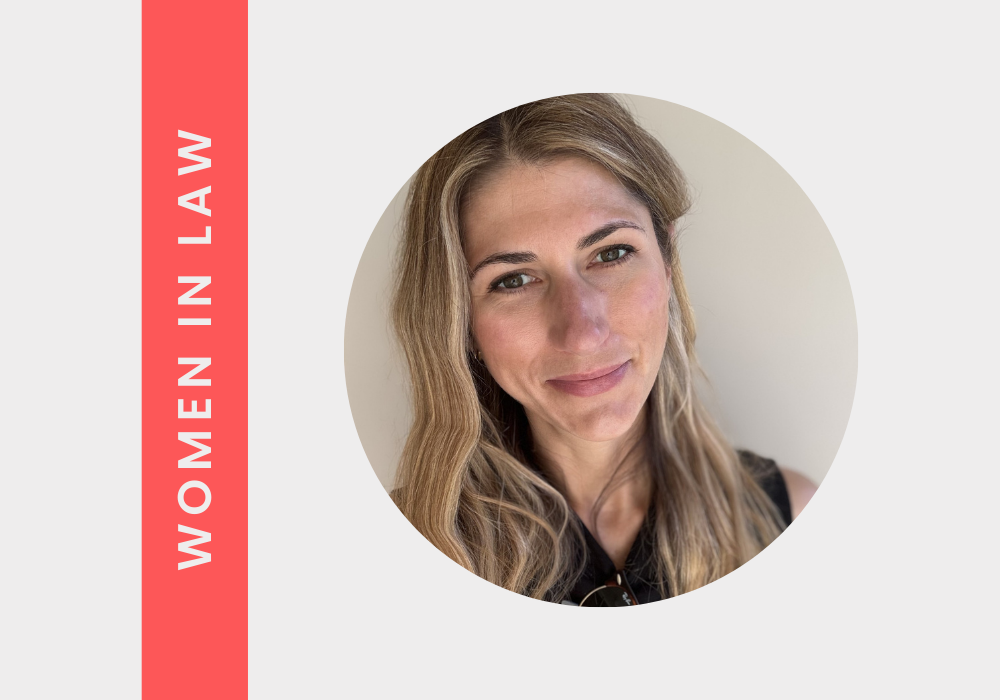From Diversity to Inclusion
It comes as no surprise that more companies are looking to invest in Diversity & Inclusion (D&I), following the increased global news coverage it has received this year. Yet, the conversation has now shifted from whether a company has any D&I efforts to how they are actually making progress. Having authentic representation and a genuine interest in promoting D&I within an organisation then becomes critical to avoid being suffocated by hallow initiatives that just won’t get you anywhere.
One of the most common misconceptions when it comes to D&I is to regard it as a single entity, in turn rendering it into a buzzword in the shadows. While “diversity” refers to having different types of things or people in the makeup of a group, “inclusion” refers to the intentional effort to make them feel involved and included. Having diversity without inclusion is like playing food Jenga at a buffet – you can keep piling onto your plate, but there is only so much it can hold before it starts tumbling down! While it is common to see organisations with only diversity measures face problems of retention, it is also possible for an inclusive workplace to lack diversity and find themselves engaging in narrow discussions that don’t reflect their customer base. Therefore, it’s important to address diversity and inclusion separately, understand their importance, and identify what you can do to improve each, so you won’t risk falling off the journey from diversity to inclusion.
Diversity is seemingly more straightforward. You can enforce measures, introduce initiatives and keep scores on your progress. Whether you are prioritising gender or race, there won’t be much ambiguity once it boils down to the numbers, and it won’t be long before you set off those confetti cannons and fireworks. While small victories are certainly worth celebrating, investing time and energy on inclusion is equally important, if not more. Compared to diversity, inclusion isn’t something you can achieve simply by setting up measures or campaigns – if that’s your approach, some would argue that you’ll have failed before you have truly begun. It also isn’t the responsibility of any team or individual; it requires input from everyone to make progress, which is what many organisations fail to achieve.
Inclusion emphasises an individual experience, where one would feel truly valued within a company. It’s about removing negative experiences and enforcing positive ones, whether that’s identifying and addressing discrimination, celebrating differences, or empowering individuals. It is about creating a safe space that allows people to voice their views and know that they’ll be heard, while being mindful not to force participation from those that aren’t keen to express themselves that way. It’s also about understanding the experiences of minority or historically marginalised groups and acknowledging that it can require extra strength from them and working on rectifying possible systemic problems that make their journey more challenging than others. Ultimately, it is showing people that you care and strive to make constant progress to create a more inclusive space.
There is no cookie-cutter solution when it comes to promoting inclusion but here are a few steps you can take, as an organisation or an individual, to begin that journey.
What organisations can do:
- Conduct surveys on employee experience
Just like anything else, before you consider how to create a more inclusive environment, it’s crucial to have a good understanding of where you’re at. An easy way to do that is to survey employees on their experience. It is critical to make sure these are anonymous and that no one would be held accountable for their honesty as that is a common deterrence to people speaking their minds. This shouldn’t be hard if you’ve made clear your intent and showed genuine passion in striving for better inclusion.
Once you have consolidated the results, you will have a better understanding of where your organisation stands and what possible issues it might be facing. These will help you better formulate your next steps so you can focus your efforts to truly make an impact. Conducting these surveys regularly will also help form a good feedback loop, allowing you to review what has been working, what hasn’t and adjust accordingly.
- Enable different voices to be heard
Having a voice and being heard are two different things, yet oftentimes organisations would stop after setting up communication channels and believe that would suffice. Unfortunately, just giving your people a voice without any additional support to ensure they’re heard will make the attempt futile.
Setting up discussions and focus groups could be a good lead-in to this as you begin the journey, as a way to empower the underrepresented while allowing others to better understand their experience and possible struggles. Creating the space that enables staff to arrive at this understanding is imperative to creating an inclusive workplace.
What individuals can do:
- Be open-minded
Having an open mind is something many people talk about, but it’s much harder to achieve than it seems. I’ve come across a lot of self-proclaimed open-minded people who are simply “open to a certain extent”, and would hide inside their fortresses when exposed to anything outside of their comfort zone. Being open-minded is about having that willingness to understand things that are different from what you subscribe to, and not jumping to conclusions because of pretexts that you might have. Whether you agree with them or not isn’t important, showing respect and giving space is, so long as it’s not something unethical, immoral, etc.
- Don’t be afraid to ask questions or make mistakes
When it comes to topics of D&I, it’s common for people to choose to remain silent to not risk saying the wrong thing. That’s alright when people’s intentions are good. However, a better approach would be to have those conversations instead, regardless of how difficult or uncomfortable they might be, as the alternative would be burdening yourself in tiptoeing around.
More often than not, people would be happy to have these conversations, to talk about their culture and experience, and share insights on what the appropriate vocabulary is. This will also show that you care and are making the effort to create a more welcoming space.
- Take the time to identify your unconscious bias
Unconscious bias is not something that can be easily dealt with. First and foremost, we will have to acknowledge that we’re biased, just like anyone else.
Our upbringing, the social interactions we engage in, and the media we are exposed to all help shape our thoughts, which then affect our actions. When we meet someone for the first time, it’s not unusual for us to make assumptions about them. But why is that? It’s because our brain draws from its massive data pool and automatically makes connections between this person and what we’ve seen, heard, and experienced, possibly skewing our judgement without us noticing it. Therefore, taking the time to understand and identify any unconscious bias is key. If you’d like to learn more about this, I’d highly recommend Stacey A. Gordon’s LinkedIn course on Unconscious Bias here.
Rome wasn’t built in a day and neither is a diverse and inclusive workplace. If being more inclusive is indeed one of your goals, make sure to get your intentions right before taking any other actions. Because after all, just having a beautiful façade without any structural integrity won’t get you very far.
Do you have any D&I-related experience you’d like to share? Are there any other actions you would suggest for individuals or organisations who are looking to begin their journey on creating a more inclusive space? I’d love to know!













